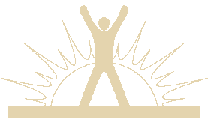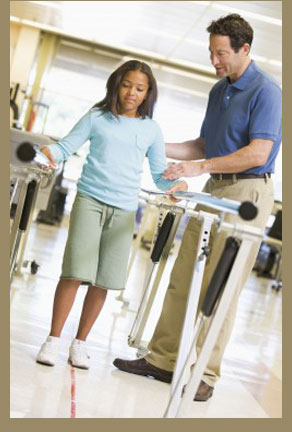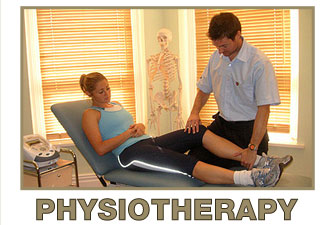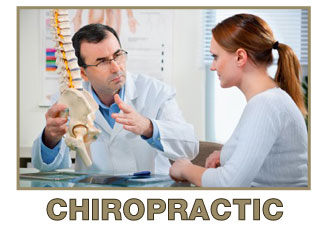Osteopathy
Osteopathy is a form of manual therapy that uses light touch to treat various anatomical structures, such as heart, lungs, nervous system, joints and muscles etc. Osteopathy recognises that the body has innate healing and homeostasis potential, and sees body as a unit in which all of the tissues, organs and system are interrelated. Osteopaths undergo many years of rigorous training to be able to feel and treat anatomical structures using their hands.
Craniosacral Therapy was developed by an osteopath Dr. Upledger. When Dr. Upleger started to practice, there were very few osteopaths, because osteopathic training takes many years of education. Seeing great results from osteopathic treatment, Dr. Upledger aimed to popularize the discipline. He called it Craniosacral therapy, and educated thousands of people to feel craniosacral pulsation. Currently the Upledger Institute offers courses and seminars to people of various backgrounds towards the Craniosacral therapist designation.
Osteopathy / Craniosacral Therapy - a more detailed explanation
At conception, the body acquires a blueprint of how it should form and then function. This blueprint represents perfect form and function, and the body utilizes the blueprint to develop various tissues and organs in accordance with the original master plan. As a fetus grows, it begins to expresses a pattern of continuous, rhythmical fluidic motion through every cell of the body. This fluidic tide originates in the brain and propagates from the brain into the spinal cord and throughout every cell of the body. It is called the Craniosacral rhythm, and it continues throughout life at the rate of 6-14 cycles per second. Ideally, this pattern is expressed in the body in a symmetrical fashion, with all parts expressing motion within a harmonious whole.
However this pattern of motion is liable to be distorted by trauma.The body is continuously exposed to trauma, and has to adapt to it. Obviously most people think of trauma as being primarily physical, and while this is true, other forms of trauma e.g. toxic, metabolic or emotional, all affect the body's ability to express health patterns.
This is where the body's self-healing mechanism is activated. The body constantly compares its present state with the original blueprint, andactively tries to move back towards health. This is why a broken leg heals into its original form, or how one recovers from a chest infection.
If the body cannot manage to dissipate the trauma sufficiently, then the elastic limits of the body are exceeded and symptoms may persist.
At this point, as a patient, you may seek osteopathic help. Osteopathy works by providing a dynamic fulcrum (a force vector or a neutral point) in the interface between the forces of distortion and the original blueprint, enabling changes to take place under the direction of the body's own healing tendency rather than using external force.
The simplest analogy is that of a twisted telephone cord. Suspended in the appropriate manner, the cord will unwind back to its original shape. The osteopath creates physical conditions (suspension) for the unwinding of entangled tissue and waits for the body to restore back to its original pattern of health.
During an osteopathic treatment, the therapist will determine which tissue/structure is the most limited in terms of its expression of health, and create physical conditions that are most favourable towards its transition back to "normality".
Osteopaths are rigorously trained medical professionals with a previous medical background, such as massage therapy, physiotherapy, nursing or athletic therapy. They use a variety of manual techniques that combine very gentle, barely noticeable joint manipulation and soft tissue work. Osteopathic treatment can focus on many layers, starting with the structural (i.e. corrections of bony and soft tissue position) and progressing to more supple techniques involving fluid propagation through the body and deeper energetic work.
Osteopaths work with various conditions and age groups. The scientific support for their work comes from research and case studies. These have demonstrated beneficial effects for a range of various problems; from colic and ear infections in babies to lack of energy and osteoarthritis in older adults. If you are wondering if your health condition could benefit from Osteopathic treatment, please send us an e-mail and we will respond within 72 hours.
















